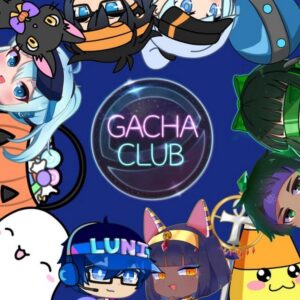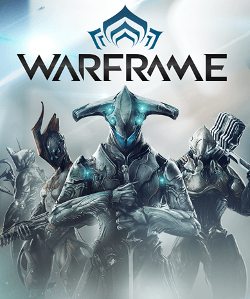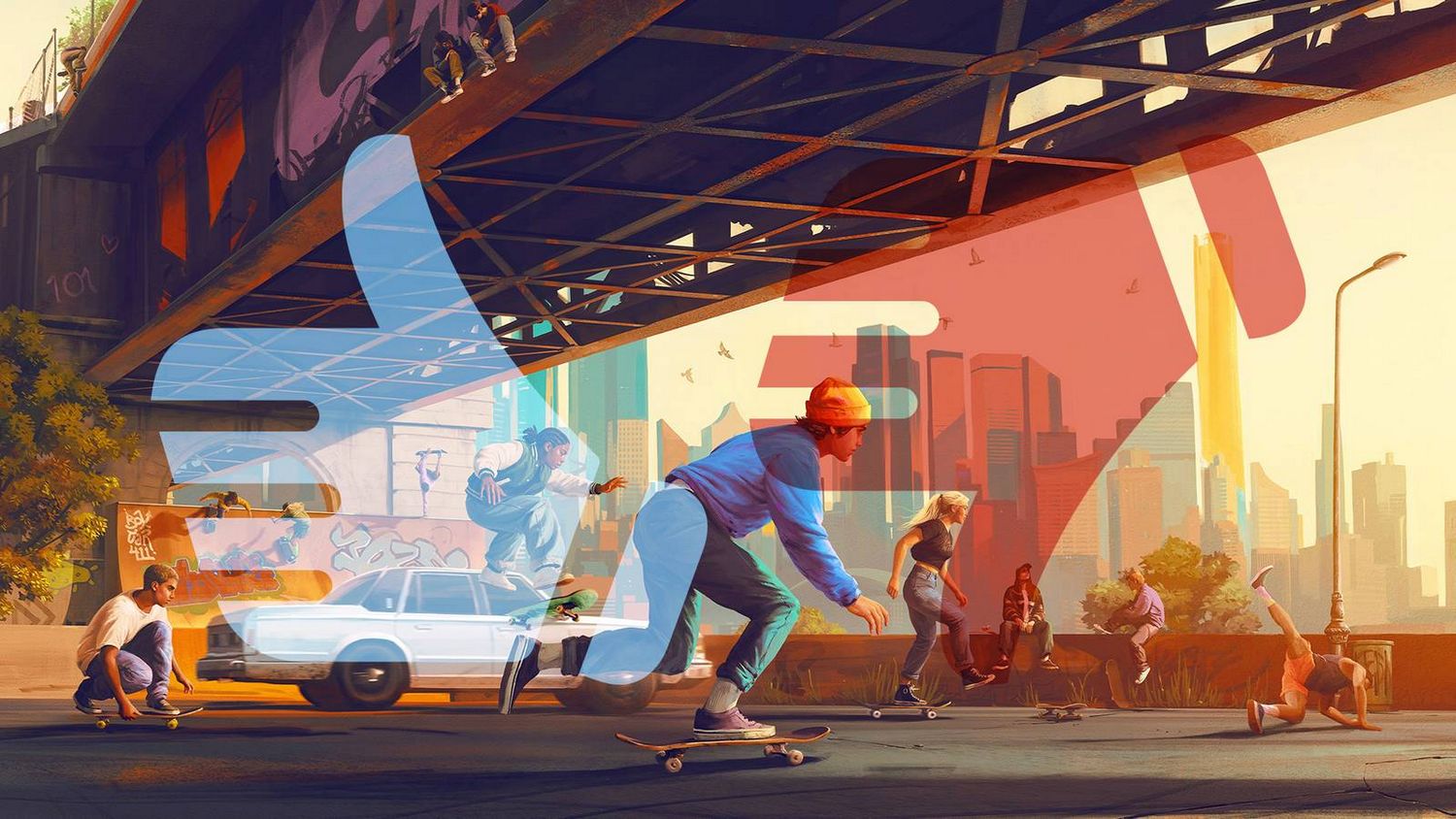The New Skate Game Has ‘Mixed Reviews’ on Steam: A Deep Dive into Fan Disappointment
Popular Now
 Fall Guys
Fall Guys
 FIFA 23
FIFA 23
 NBA 2K24
NBA 2K24
 Poppy Playtime
Poppy Playtime
 Among Us
Among Us
 God of War Ragnarök
God of War Ragnarök
 R.E.P.O
R.E.P.O
 Minecraft
Minecraft
 CarX Street
CarX Street
 League of Legends
League of Legends
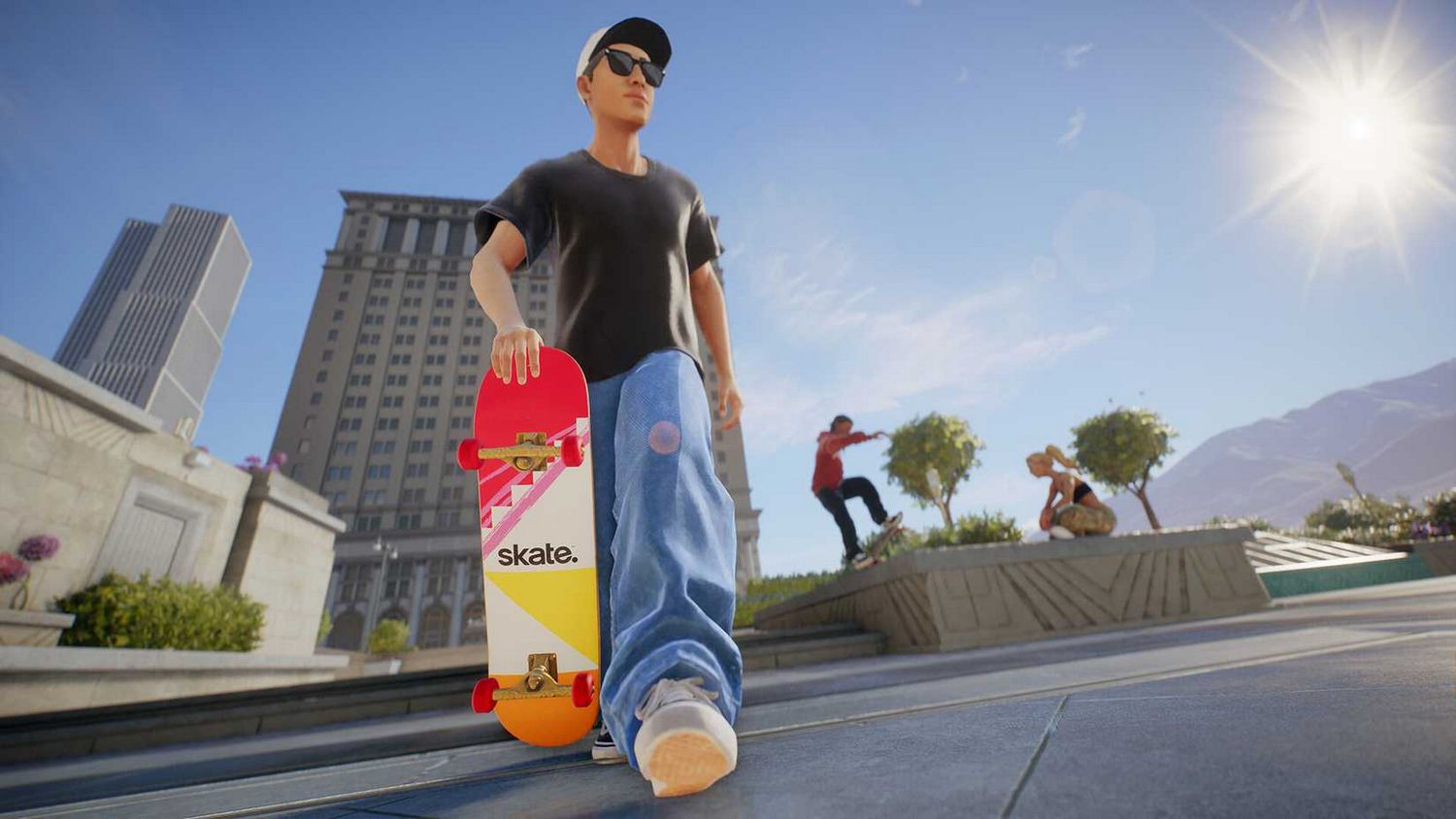 After a decade-long wait, the highly anticipated new title in the Skate franchise has launched on Steam to a “Mixed” reception, sparking a massive debate among gamers. The free-to-play reboot, stylized as skate., was met with a surge of players at launch, but a significant portion of the community has expressed disappointment. While the core gameplay is largely praised, many fans are criticizing the game for its lack of content, aggressive microtransactions, and a shift away from the series’ core identity.
After a decade-long wait, the highly anticipated new title in the Skate franchise has launched on Steam to a “Mixed” reception, sparking a massive debate among gamers. The free-to-play reboot, stylized as skate., was met with a surge of players at launch, but a significant portion of the community has expressed disappointment. While the core gameplay is largely praised, many fans are criticizing the game for its lack of content, aggressive microtransactions, and a shift away from the series’ core identity.
The game, developed by Full Circle and published by Electronic Arts (EA), currently holds a “Mixed” rating on its Steam page, with less than half of its user reviews being positive. The criticism is not a result of a broken game; instead, it comes from a deep sense of betrayal from long-time fans who feel the game is a “soulless cash-grab.” This sentiment highlights a growing frustration within the gaming industry as beloved franchises are converted into live-service, free-to-play models.
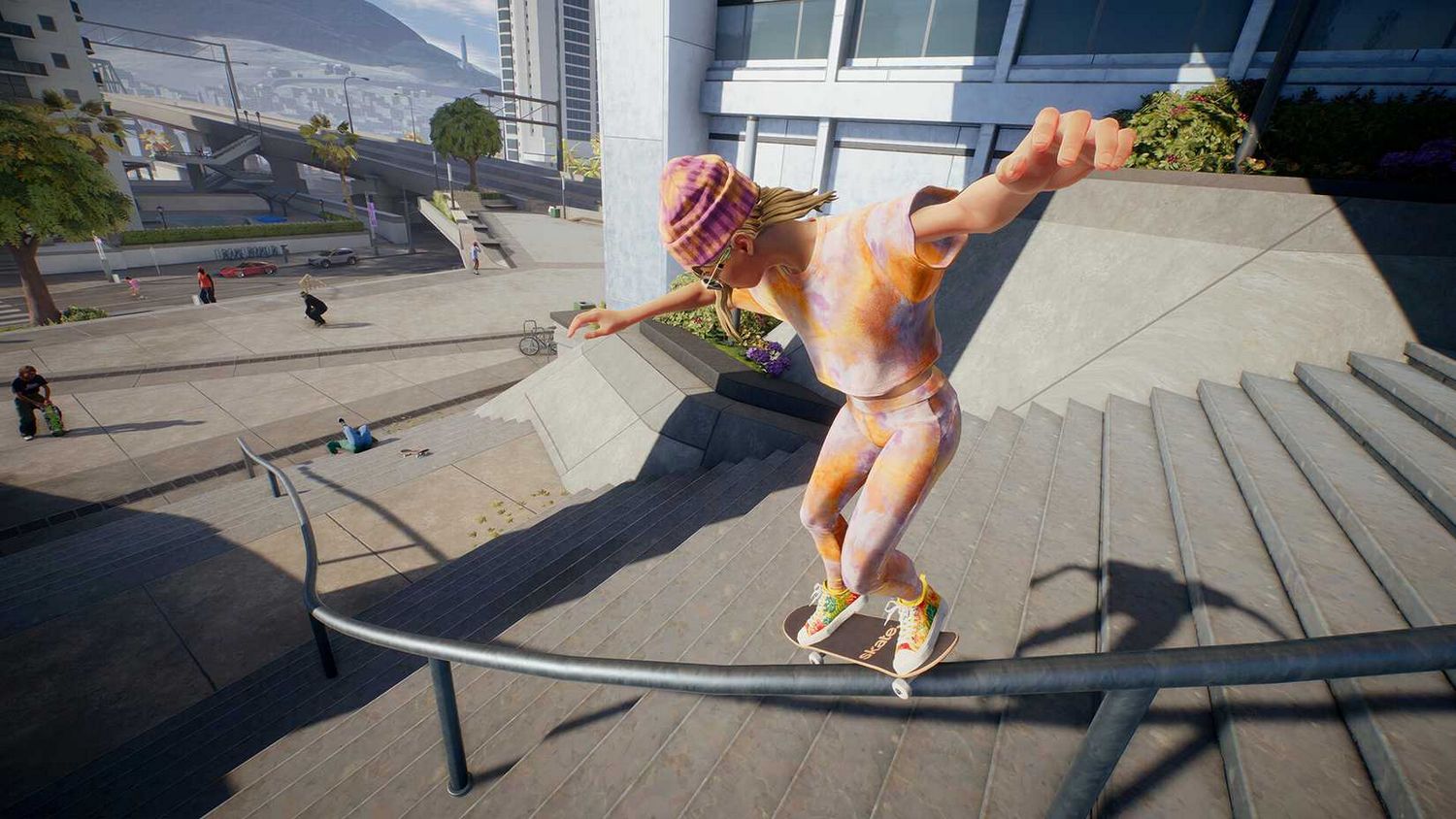 Why Fans Are Giving ‘skate.’ Mixed Reviews
Why Fans Are Giving ‘skate.’ Mixed Reviews
The complaints are widespread and consistent across thousands of user reviews. Here is a breakdown of the main reasons for the negative feedback:
- Lack of Content: A major source of frustration is the absence of beloved features from the original trilogy. The new game lacks a traditional story mode, a career path, and fan-favorite game modes like “Hall of Meat” and “S.K.A.T.E.” missions. Players feel the open world of San Vansterdam, while visually impressive, is empty and repetitive without these structured elements.
- Aggressive Monetization: The free-to-play model is at the core of the problem for many. While players don’t have to pay to start playing, a significant portion of the game’s customization options are locked behind paywalls. Users are reporting that the game constantly pushes them to spend money on cosmetics, which many feel is a betrayal of the franchise’s grassroots, skate-culture roots.
- Always-Online Requirement: A key complaint is the lack of an offline mode. Since skate. is a live-service, multiplayer-focused game, players must be connected to the internet to play, which has led to widespread server issues and long queues during the initial launch period.
- Aesthetic and Vibe: Many fans feel the game has lost the unique charm of the original series. The art style is being compared to that of Fortnite and other live-service titles, which some describe as “sanitized” and “gentrified.” The game’s use of an “AI corpo robot” voice for the tutorial has also drawn criticism, further cementing the feeling that the game lacks the soul and character of its predecessors.
The Other Side of the Coin: What Players Are Praising
Despite the backlash, it’s important to remember that nearly half of the reviews are positive. These players are focused on one core element that has always been the heart of the franchise: the gameplay. The positive reviews highlight that the core “Flick-It” controls and physics are as good as ever. For many, the simple act of rolling around the open world, finding lines, and pulling off tricks is immensely satisfying.
The “Mixed” rating suggests a clear divide between two types of players: those who wanted a new, modern, and content-rich sequel to the original games, and those who are simply happy to have a new skateboarding game with solid physics, regardless of the surrounding monetization and content model. The game’s virality on social media, driven by clips of players finding hilarious bugs and performing “insanely unrealistic stunts,” also speaks to its fun, sandbox nature.
 The Future of ‘skate.’ and the Live-Service Model
The Future of ‘skate.’ and the Live-Service Model
It’s crucial to remember that skate. is currently in Early Access. This means the developer, Full Circle, has the opportunity to address the community’s feedback before the full launch. They have already outlined a roadmap that includes new events, challenges, and game modes. How they respond to the criticism of monetization and content will determine the game’s long-term success. The success of this game will be a key indicator of whether the live-service, free-to-play model can work for a beloved single-player franchise, or if it will be a lesson in what not to do. For now, the debate rages on, and players are left to decide for themselves if the fun of the gameplay outweighs the frustration of its modern design choices.







